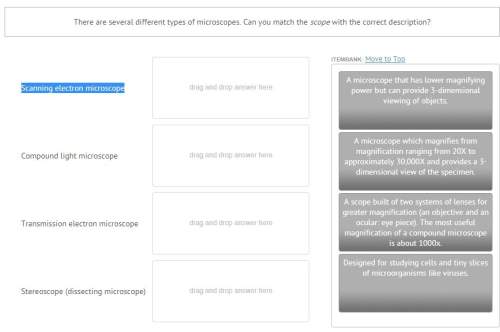
Biology, 07.02.2022 05:20 dancemomsrule1
Cosmo is a scientist. He is conducting an experiment to determine if microscopic yeast particles are living organisms.
He divides a Petri dish into four sections and spreads a sample of yeast into each section. His Petri dish is pictured below.
Cosmo knows that yeast reacts chemically with sugar. So he adds different amounts of sugar to each section of his Petri dish. He is careful to keep each section separated from the others. In one of the sections, Cosmo does not add any sugar at all.
He waits one week and then carefully observes each sample of yeast under a microscope. He makes several observations. These observations are listed below.
Each sample of yeast remained separate from the other three samples.
The three samples that were given sugar showed evidence of a chemical reaction.
The sample that was given the greatest amount of sugar reacted with the sugar the most.
The yeast that received no sugar responded by forming and releasing spores.
Which observation provides the best evidence that Cosmo's yeast particles are living organisms?
A.
Observation #4
B.
Observation #1
C.
Observation #3
D.
Observation #2

Answers: 3


Another question on Biology

Biology, 21.06.2019 15:10
How many variables are altered in a good experiment? a.1 b.0 c.2 d.3
Answers: 2

Biology, 22.06.2019 02:00
The accompanying figure shows the percent of selected dna sequences that match between a chimpanzee and other primates. these data support the hypothesis that the figure shows the percentage of selected d n a sequences that match between the chimpanzee and other primates. the human has an almost 98 percent match, the gorilla has an almost 97 percent match, the orangutan has a 96 percent match, the gibbon has an almost 95 percent match, and the old world monkey has an almost 92 percent match. the accompanying figure shows the percent of selected dna sequences that match between a chimpanzee and other primates. these data support the hypothesis that the figure shows the percentage of selected d n a sequences that match between the chimpanzee and other primates. the human has an almost 98 percent match, the gorilla has an almost 97 percent match, the orangutan has a 96 percent match, the gibbon has an almost 95 percent match, and the old world monkey has an almost 92 percent match. chimpanzees and gibbons are the most closely related the chimpanzee's closest surviving relative is humans orangutans are the primates least closely related to chimpanzees old world monkeys and gibbons are the most closely related
Answers: 1


Biology, 22.06.2019 07:00
Why does miranda have that particular vision of dr hildesheim answer?
Answers: 3
You know the right answer?
Cosmo is a scientist. He is conducting an experiment to determine if microscopic yeast particles are...
Questions




History, 04.01.2021 01:00

Mathematics, 04.01.2021 01:00

Chemistry, 04.01.2021 01:00


Computers and Technology, 04.01.2021 01:00



Computers and Technology, 04.01.2021 01:00


Social Studies, 04.01.2021 01:00

Mathematics, 04.01.2021 01:00


Chemistry, 04.01.2021 01:00

Mathematics, 04.01.2021 01:00

Health, 04.01.2021 01:00


Mathematics, 04.01.2021 01:10




